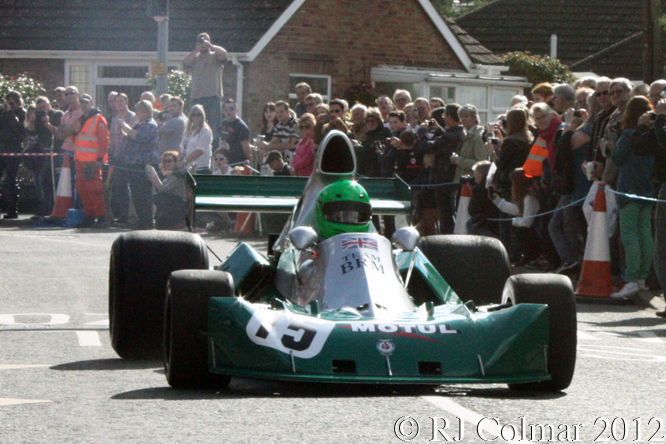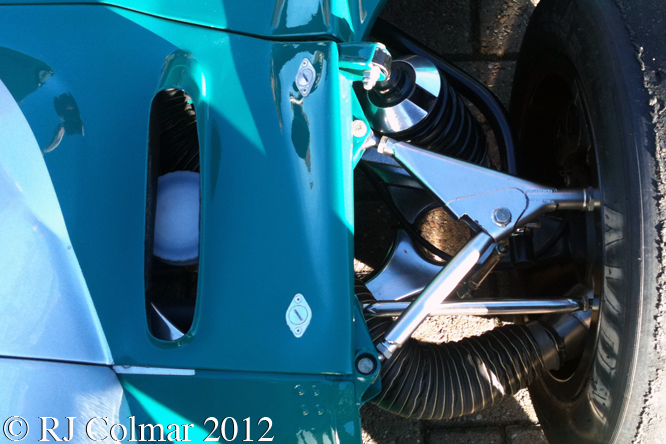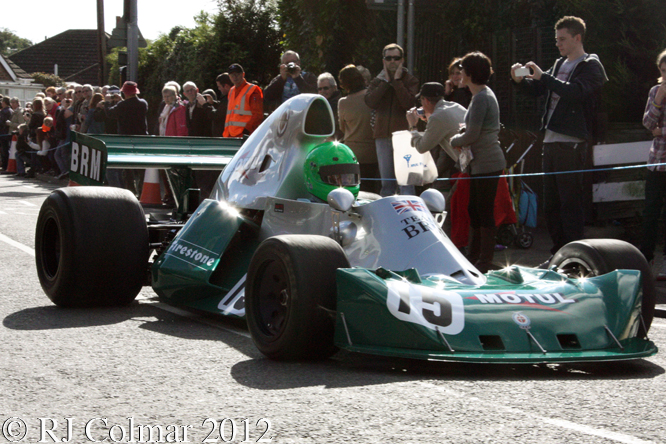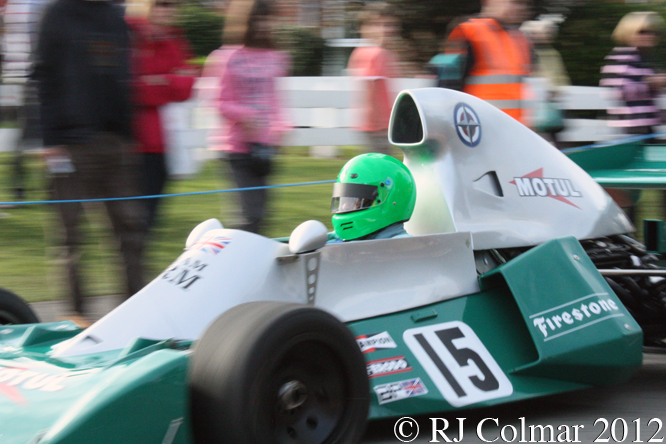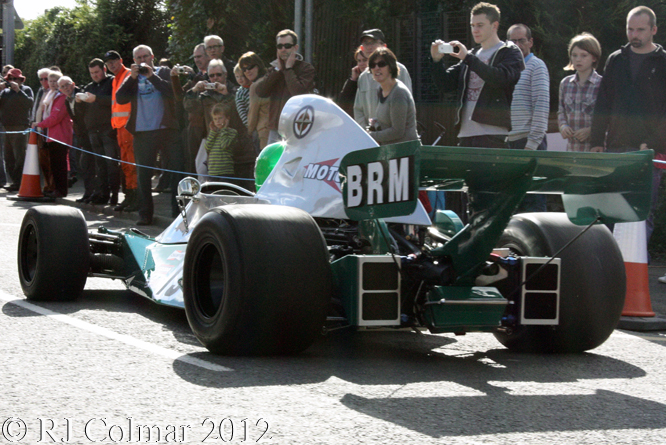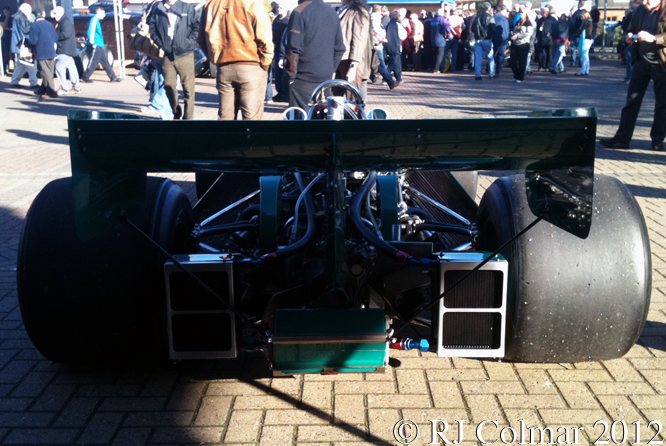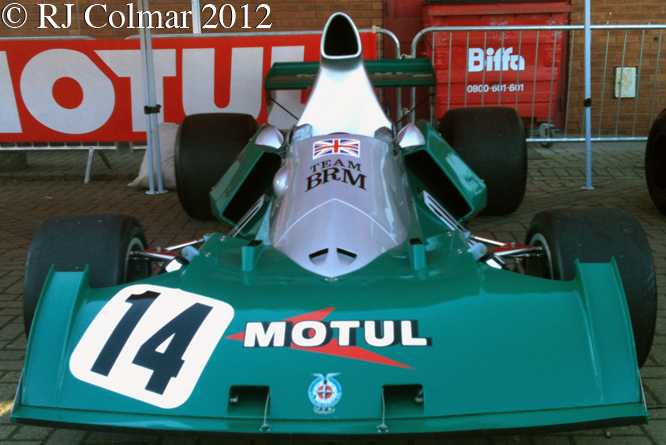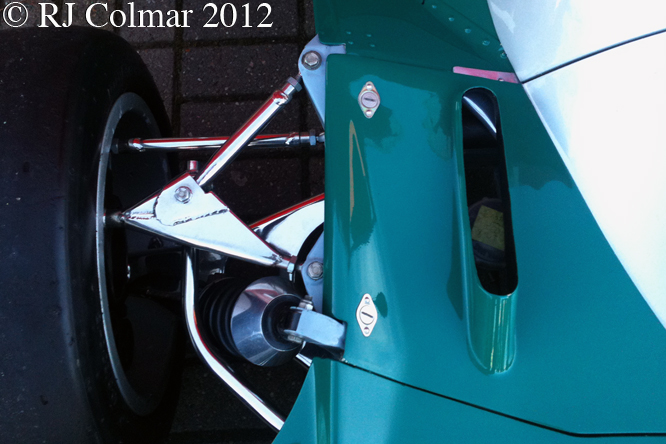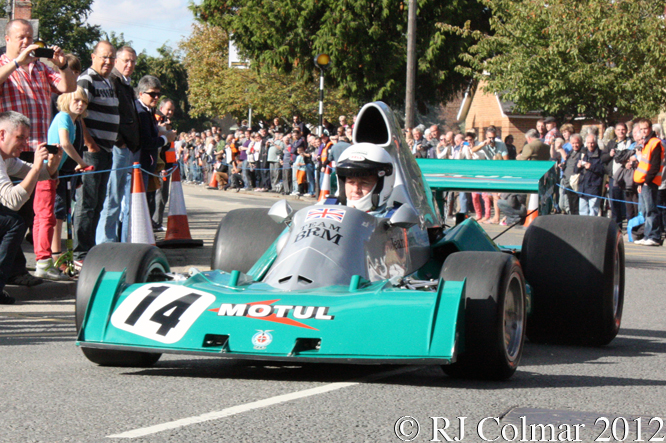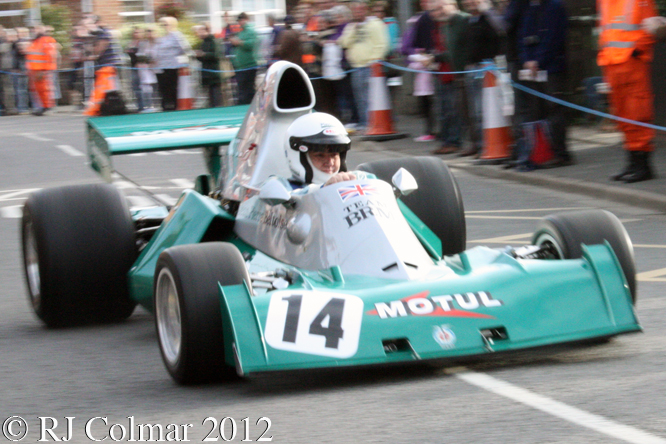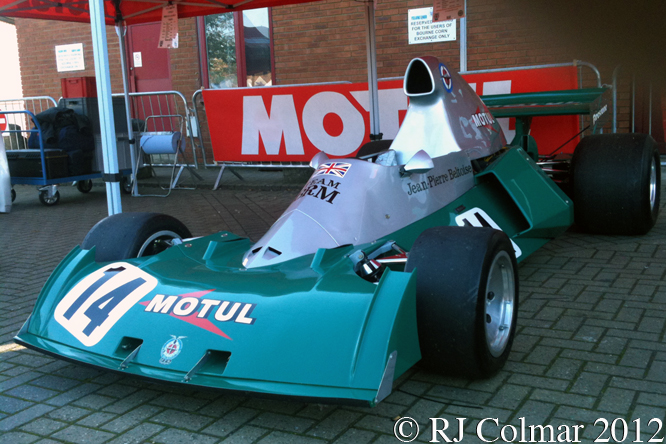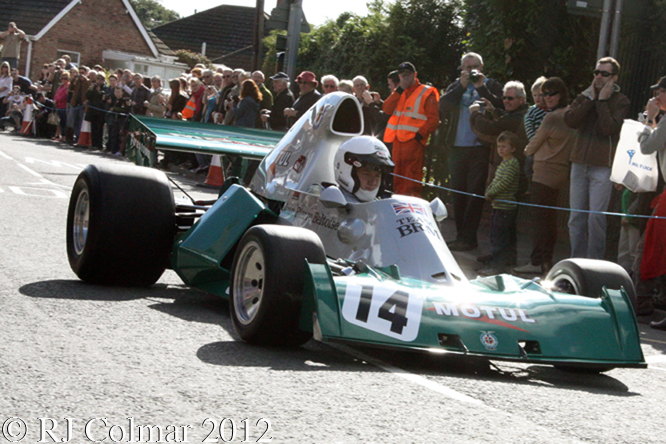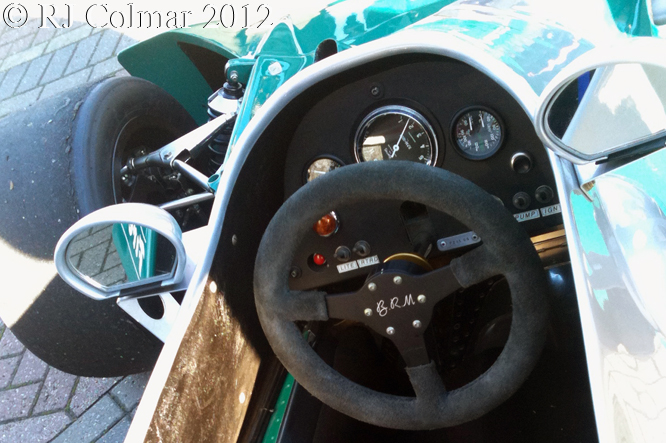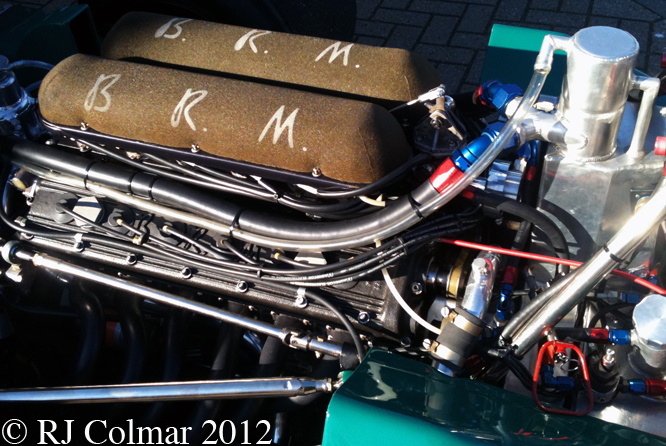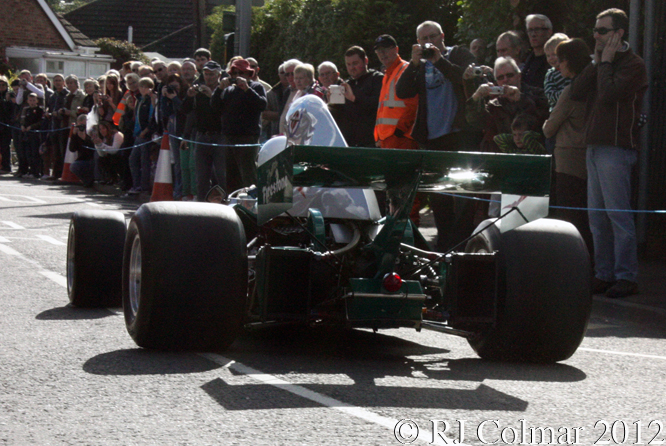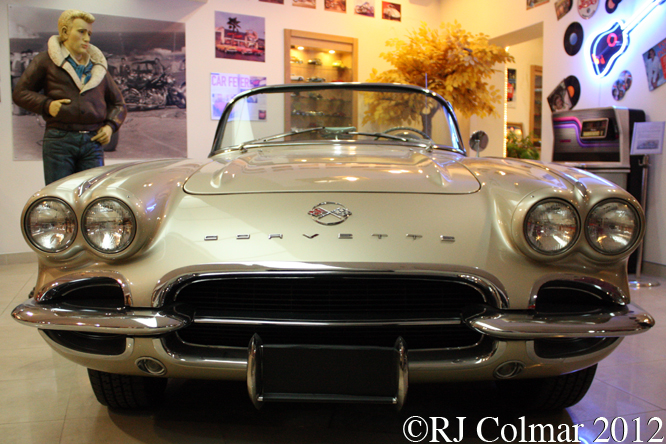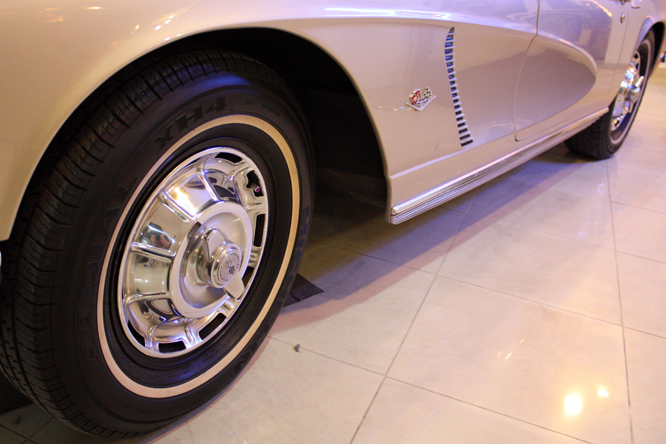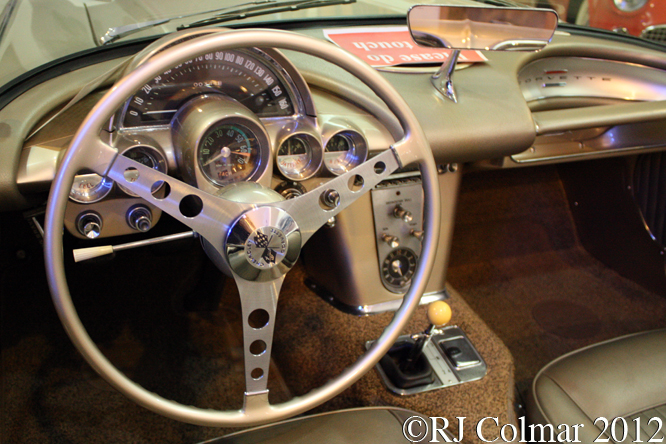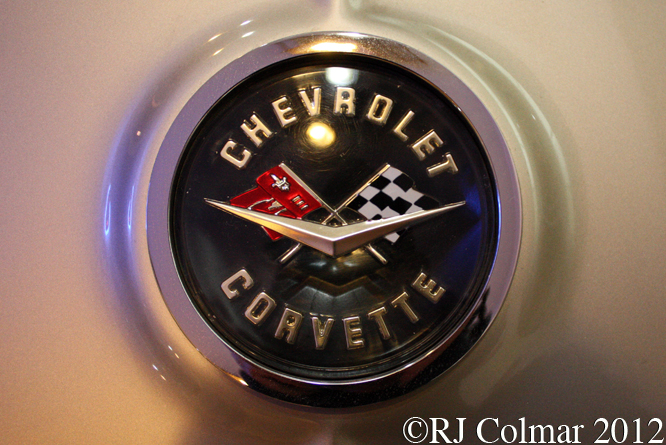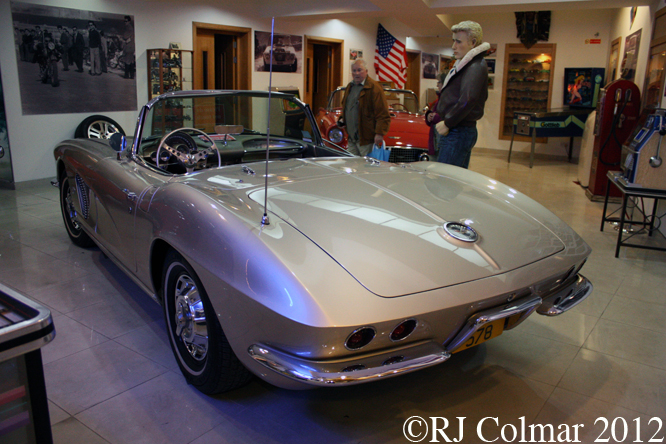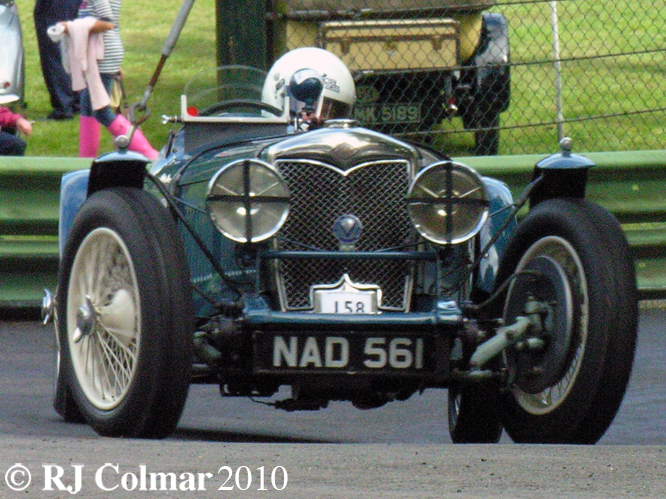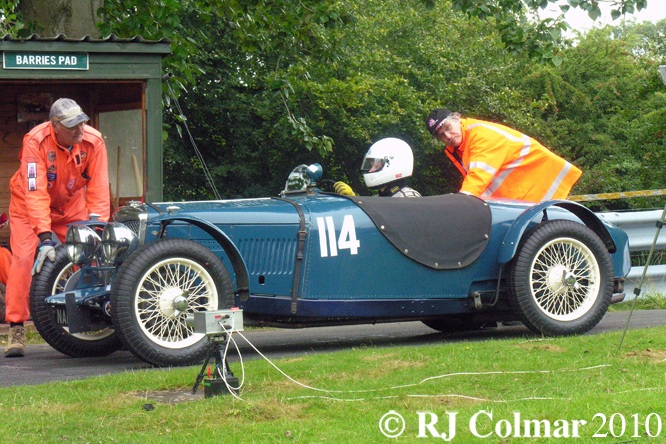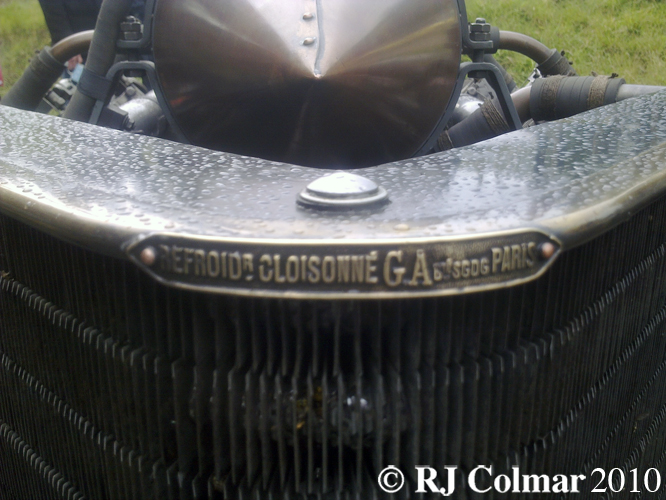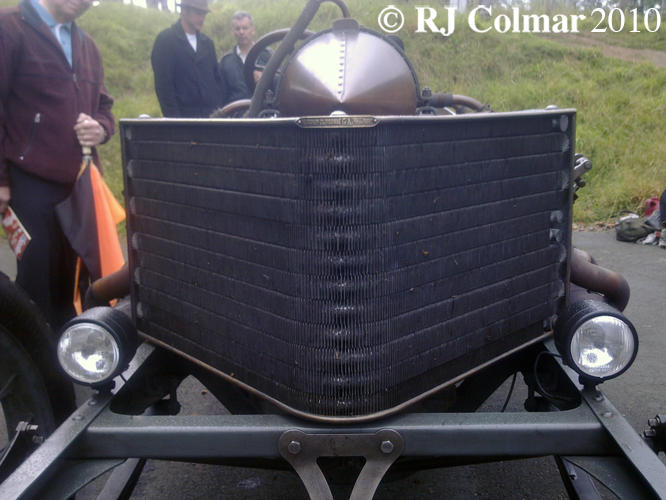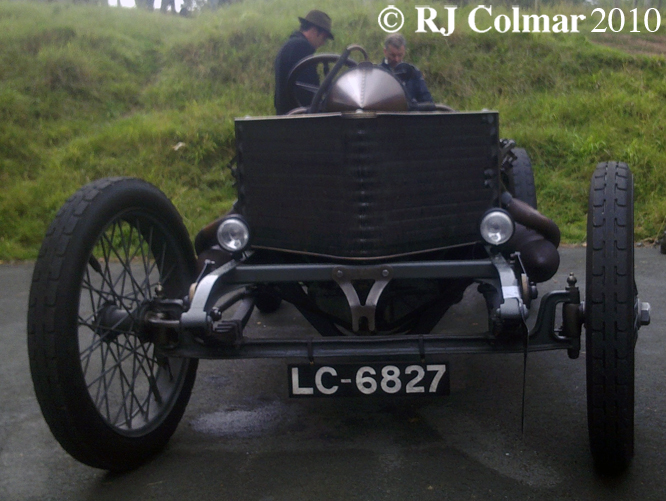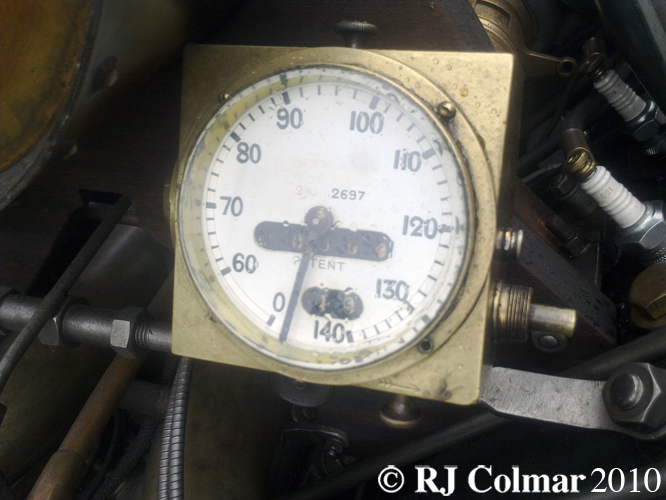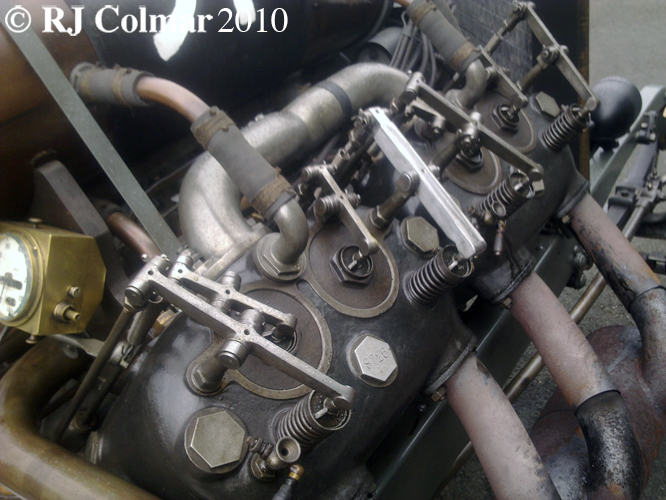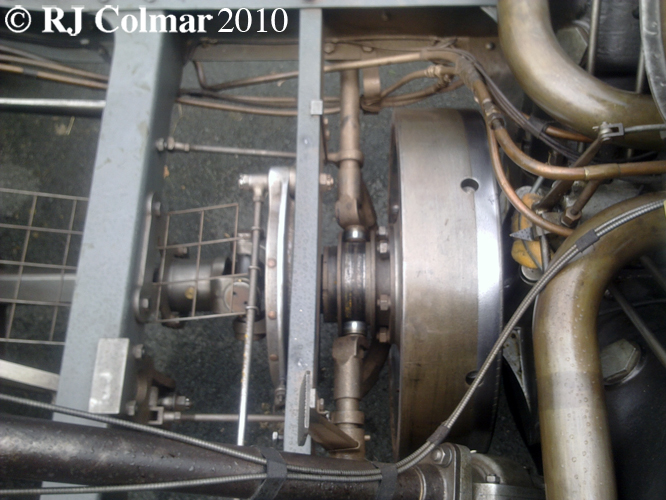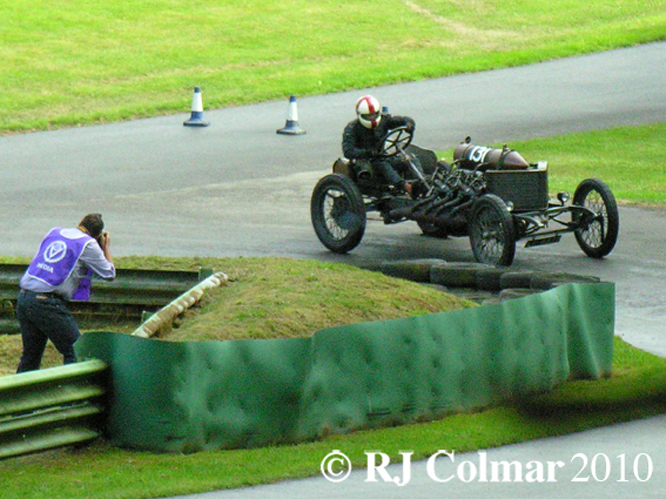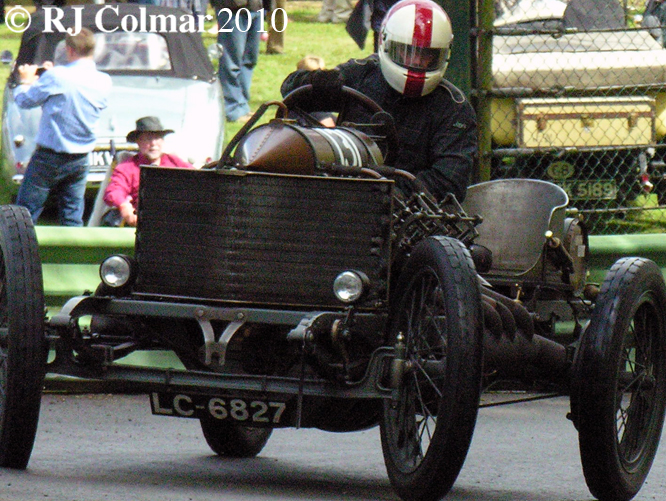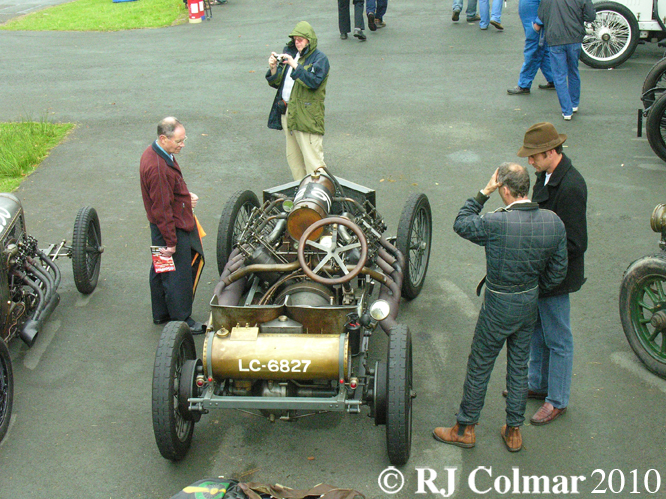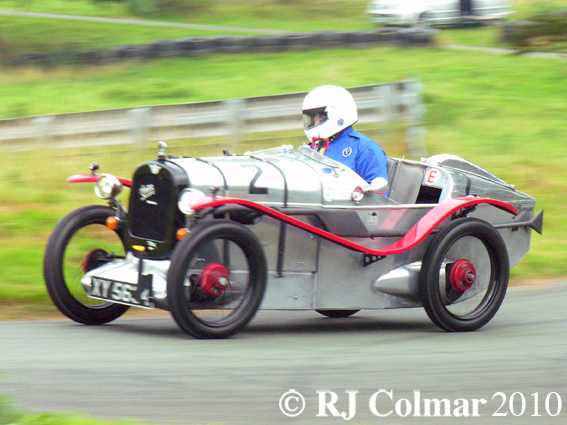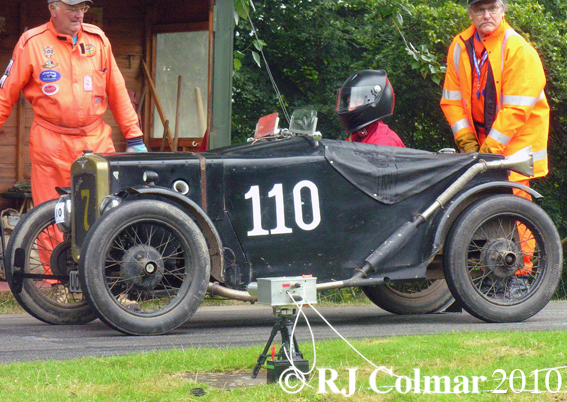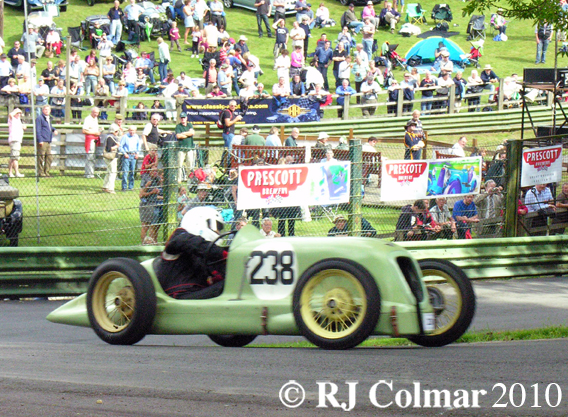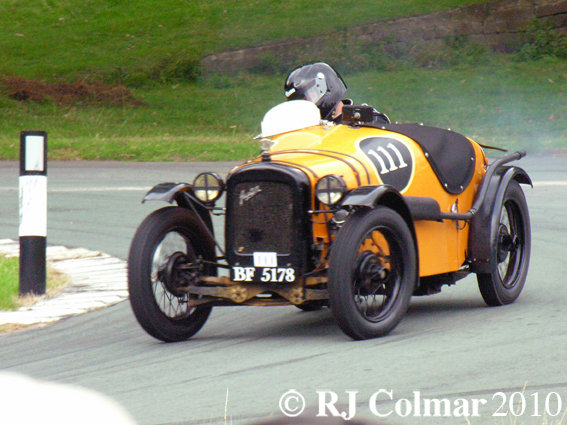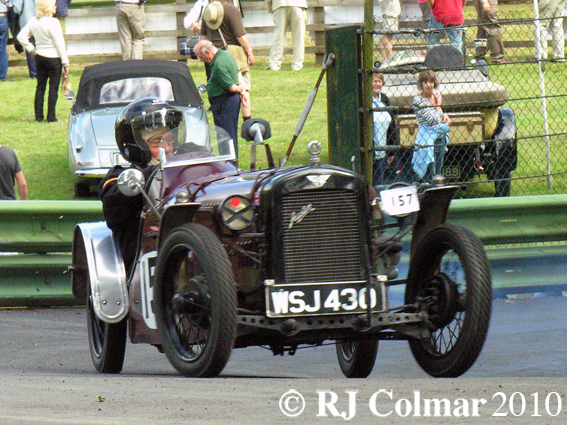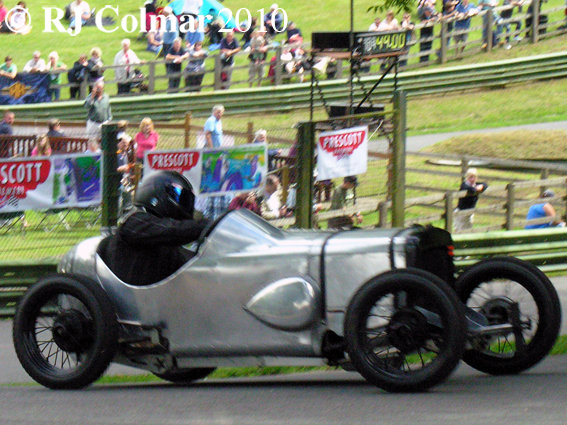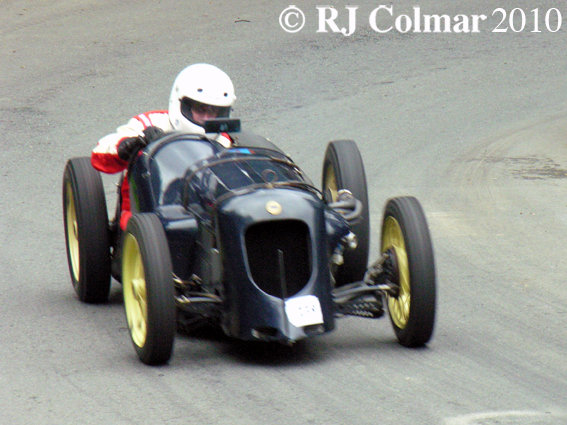Today I’ll be looking at the legacy left by the humble little Austin 7 on the European Automotive industry, if you missed my introduction to the Austin 7 here is a link to yesterdays post.
The Austin 7 deserves it’s place in British automotive history simply for being it’s first mass produced car, but it’s real standing becomes clear when one considers the Austin 7 was manufactured under licence by the Automobilwerk Eisenbach car factory.
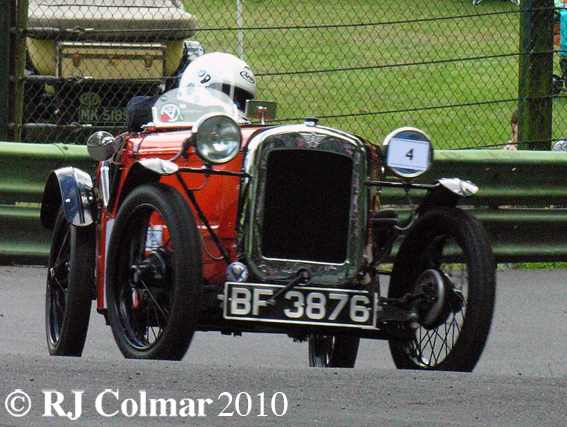
Above Joe Tisdall, 1930, Austin 7 Ulster, VSCC Prescott,
Their Dixi variant of the Austin 7 supplied in kit form initially in 1927 was so successful that within a year BMW bought the company after its own primogenitor vehicles proved less than viable. So the Ausitn 7 saved BMW from ruin as its aeroplane engine manufacturing business began to fail after shady dealings with the USSR came to light.
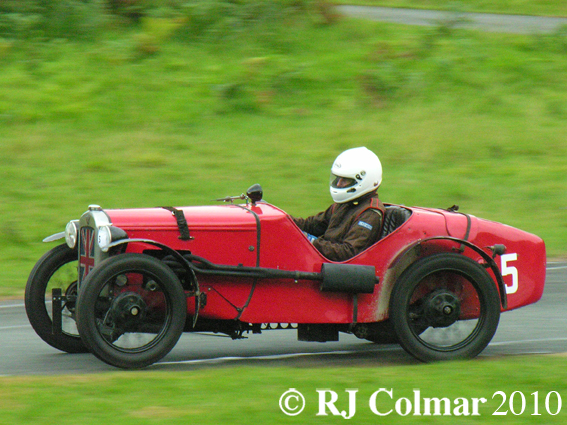
Above Mark Groves, 1930, Austin 7 Ulster, VSCC Loton Park.
This next bit traces the development of engines if you stick with it you’ll see the blood line from Austin 7 through BMW to Bristol.
In 1932 BMW used the 4 cylinder 747 cc / 45 cui Austin 7/ Dixi engine as the starting point for their own 4 cylinder 788cc / 48 cui motor used in their first all in house designed BMW 3/20
By 1933 BMW built a 1182 cc / 72 cui six cylinder version of the 3/20 engine called the M78 for their 303 model.
In 1934 a larger 1,490 cc 90.9 CUI six cylinder engine was developed from the M78 for use in the BMW 315/319 series of vehicles, which was superseded in 1936 by the hemi head 1971 cc / 120.3 cui six cylinder engine for the 328 model of 1936.
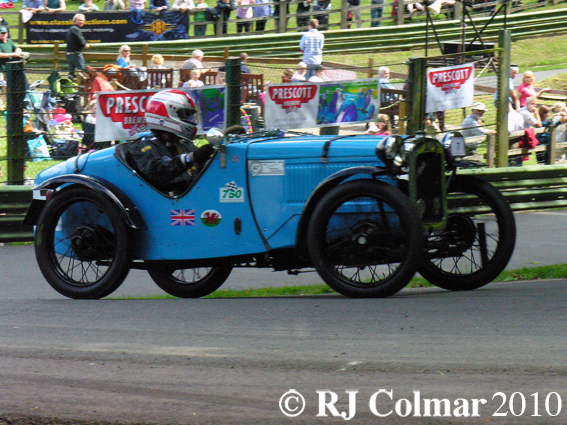
Above Miss Katherine Everett, 1930, Austin 7 Ulster, Prescott.
The plans for the 328’s engine first built in 1936 were appropriated as war reparations by HJ Adlington who was both in the British Army and Managing director of BAC Cars in 1947. The 328 engines designer Fritz Fiedler was also persuaded to move to England where he continued to develop the engine for the Bristol Aeroplane Company cars sold under the new ‘Bristol’ brand, thus the Austin 7 747 cc / 45 cui engine can be seen to be of the great, great, grand father of the Bristol marque which used hemi head 6 cylinder engines derived from the 1936 BMW 328 from 1947 to 1961.
I hope that wasn’t too convoluted or painful.
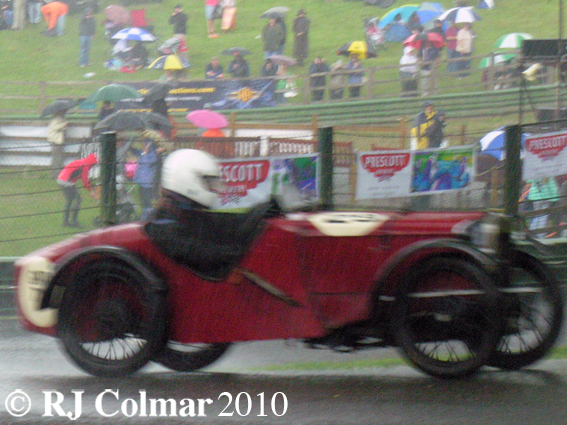
Above Edward Williams, 1930 Austin 7 Rolt Ulster, Supercharged, VSCC Prescott.
Rewinding back to 1927, Sir William Lyons took the basic Austin 7 and made a high end body for it which sold as the Austin Seven Swallow, moving the Swallow Sidecar Company from side car manufacture into motor car manufacture. In 1945 the Swallow Sidecar Company was renamed the Jaguar Car Company.
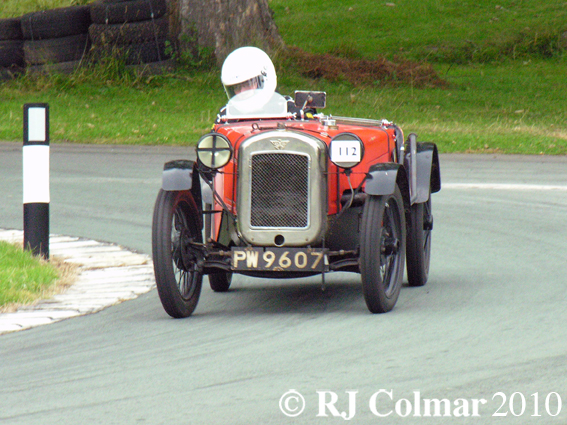
Mark Lance, 1930 Austin 7 Ulster TT Replica, VSCC Loton Park.
After WW2 many Austin 7’s were converted into specials as there were not enough new cars to meet demand in England. One of those converting an Austin 7 into a special was Colin Chapman who gave his special a now popular and familiar name Lotus Mk1.
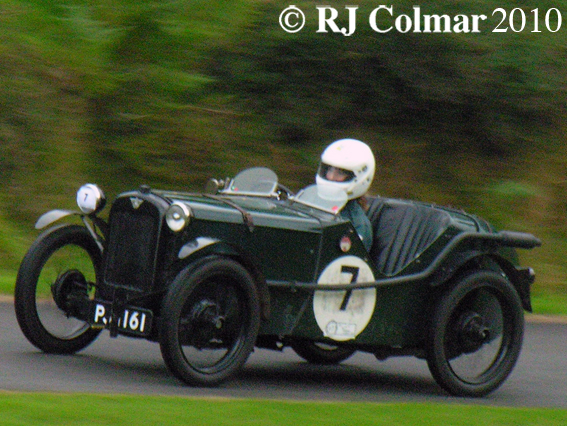
Above Ms Penny Jones, 1931, Austin 7 Ulster Replica, VSCC Loton Park.
The Austin 7 leant it’s name to another influential vehicle the original Austin Mini in 1959 which was originally marketed as the ‘Austin Seven’ and ‘Morris Mini Minor’.
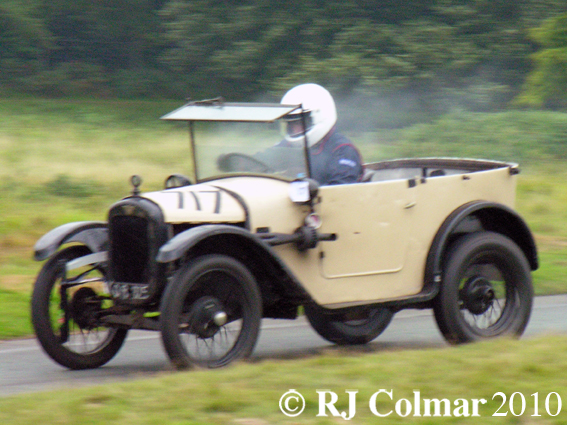
Above Benjamin MARCHANT, 1928 Austin 7 Chummy, supercharged, VSCC Loton Park.
I respectfully suggest that the humble little Austin Seven, which the Austin board only reluctantly agreed to back, became, through it’s role in the development of four prestige automotive manufacturers, one of the most influential vehicles of all time.
Thanks to Roger French and Julian Hunt at TNF for their help identifying a couple of these vehicles, to Tim Murray for his assistance identifying the Chummy and to everyone else for their time and patience, tomorrow I have the first instalment of another two part blog about an absolutely stunning replica of a vehicle which shines in one of my favourite stories about Le Mans, debutantes & underdogs, wishing everyone a fabulous Friday, don’t forget to come back now ! Class Dismissed 🙂
